A cut flower garden is a garden designed to produce an abundance of fresh flowers for cutting. Some of the best choices for this type of garden are cut and come again flowers, known for their long-lasting blooms, and ability to repeatedly provide new stems after they are cut. In this post we’ll look at 14 of the best cut and come again flowers, which make fabulous choices for cutting and the vase.

Cut and come again flowers are those that continue to produce blooms throughout the growing season, often outperforming other plants in terms of sheer volume and production. These flowering plants are available in numerous flower species, and come in a wide array of different sizes, shapes, and colors, adding to the beauty and dimension of the garden space.
Zinnias, cosmos and amaranth are just a few examples of the stunning options available in this category of cut flowers. These blooms can effortlessly elevate the look and feel of a garden, while continuing to provide a seemingly endless supply of beautiful bouquets for the home.

What Are Cut And Come Again Flowers?
Cut and come again flowers are a group of flowering plants that are known for their ability to produce multiple blooms throughout the growing season. The term “cut and come again” highlights their unique characteristic: when the flowers are cut for bouquets or arrangements, the plants respond by producing more flowers. This makes them especially valuable to gardeners, who enjoy having fresh flowers indoors, while maintaining the beauty of their outdoor gardens.

These flowers are particularly appealing because they allow for continuous harvesting without significantly harming the plant. Cutting the flower stems actually encourages new growth, leading to a cycle of blooming that can last from early summer until the frost in many climates, depending on the species and growing conditions.
Cut and come again flowers are multi-branching. The mechanism for regrowth lies in the plant’s natural response to pruning, which is essentially a survival mechanism.
When a stem is cut, it triggers the plant to enter a phase of regrowth. Cutting a stem directly above growth nodes stimulates the nodes below the cut to activate and start growing, leading to the development of new shoots and flowers.
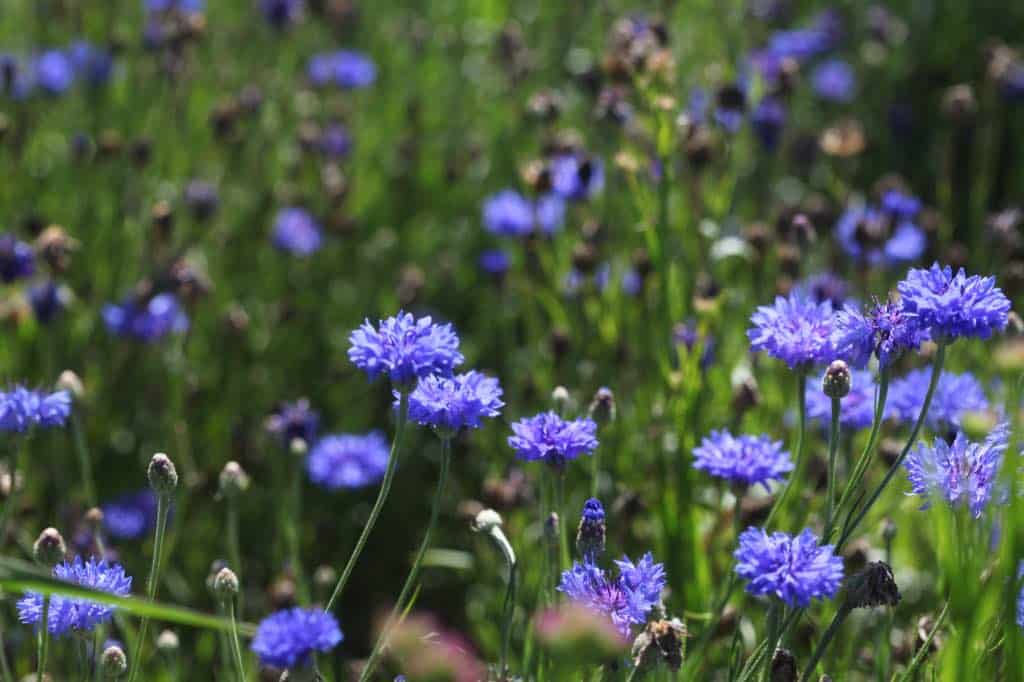
To make the most of these popular flowers in your garden, it’s also important to provide proper care and maintenance, such as deadheading and pruning. Removing spent flowers and seed pods will help to redirect the plant’s energy into new plant growth and blooming, rather than into seed production.
Additionally, ensure that the plants have adequate sunlight, water, and nutrients to maximize their growth and longevity. With proper care and attention, these plants will continue to flourish throughout the season, bringing joy and color to your garden and your home.

The Benefits Of Cut And Come Again Flowers
Cut and come again flowers offer a range of benefits for both gardeners and the environment. This makes them a popular choice for those who love to cultivate beauty in their outdoor spaces while practicing sustainable gardening. Here are some of the key benefits:
1. Continuous Blooms: One of the primary advantages of these flowers is their ability to produce multiple blooms throughout the growing season. The plants often grow back even fuller, providing a steady supply of flowers throughout the season.
2. Easy To Grow: Most cut and come again flower varieties are easy to grow and maintain. This makes them ideal for both experienced gardeners and beginners.
3. Versatility: These flowers come in many different shapes, sizes, and colors, therefore offering endless possibilities for creating stunning floral arrangements, and a versatile option for gardeners who enjoy bringing their garden’s beauty indoors.
4. Eco Friendly: By picking flowers from your own garden, you are reducing the need for store bought cut flowers that have travelled long distances. This helps with reduction of carbon footprints associated with the commercial flower growing and transport industry. You can also grow organically, contributing to a greener environment.
5. Cost Efficient: Growing these productive flowers can be more cost-effective than planting annuals that bloom once, and then require replacement. They reduce the need for buying new plants or seeds as frequently, offering more value over time.
6. Sustainability: By reducing the need for constant replanting, cut and come again flowers contribute to a more sustainable gardening practice.
7. Pollinator Attraction: Many of these flowers are excellent at attracting bees, butterflies, and other pollinators. Maintaining a garden full of these blooming flowers can contribute to the health of pollinators, which are vital for the ecosystem.

The Best Cut And Come Again Flowers
These flowers not only provide continuous blooms with regular cutting, but also add variety and beauty to any garden. Here is a list of 14 popular cut and come again flowers that are perfect for any cutting garden:
1. Zinnias (Zinnia elegans)
Zinnias are favorite cut flowers in the cutting garden. They are versatile and some of the easiest cut flowers to grow. The flowers come in a wide range of vivid colors, sizes, and shapes, making them ideal for both casual as well as formal arrangements.
These heat-loving flowers are extremely productive, and once they start to bloom, you can expect them to continue to put out blooms right into the fall. To encourage frequent blooms, regularly remove spent flowers, and keep the plants well watered.
Zinnia elegans is a particularly popular species for it’s long lasting vibrant blooms.
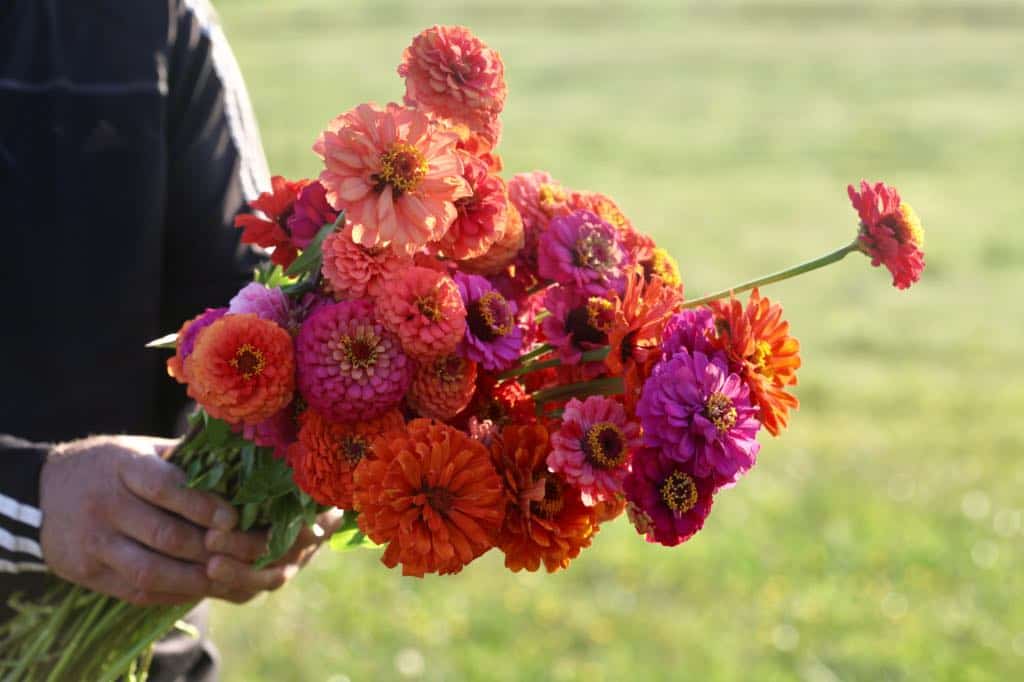
2. Cosmos (Cosmos bipinnatus)
Cosmos are an excellent choice for cut flowers, and will produce more stems when they are cut from. With their delicate fern-like foliage and abundant flowers, they make a charming addition to any garden, and are a great filler flower.
Cosmos flowers come in a variety of colors, including shades of white, pink, and red, and can reach up to 4 feet in height. The lacy foliage can also be used as a filler for arrangements, which makes this plant versatile in it’s use.
The plants are considered to be quantitative short-day flowering, which means that they begin blooming when the sunlight hours become shortened to 14 hours or less.
Starting the seedlings early indoors however, especially in colder climates, can produce mature plants earlier. These more mature plants can bloom earlier, and will bloom during the long days of summer as well.

3. Dahlias (Dahlia pinnata)
Dahlias are loved by gardeners and florists alike for their stunning, beautiful flowers which come in many colors and shapes. These tuberous plants prefer a sunny location, as well as rich well-drained soil.
To encourage new growth, remove faded flowers regularly, and cut stems deep into the plant to encourage the regrowth of long stems.

4. Sweet Peas (Lathyrus odoratus)
Sweet peas are flowering vines, cherished for their fragrant, delicate flowers. These highly scented plants can climb trellises and fences, and will need support as they grow. These are cool season plants that prefer cooler temperatures.
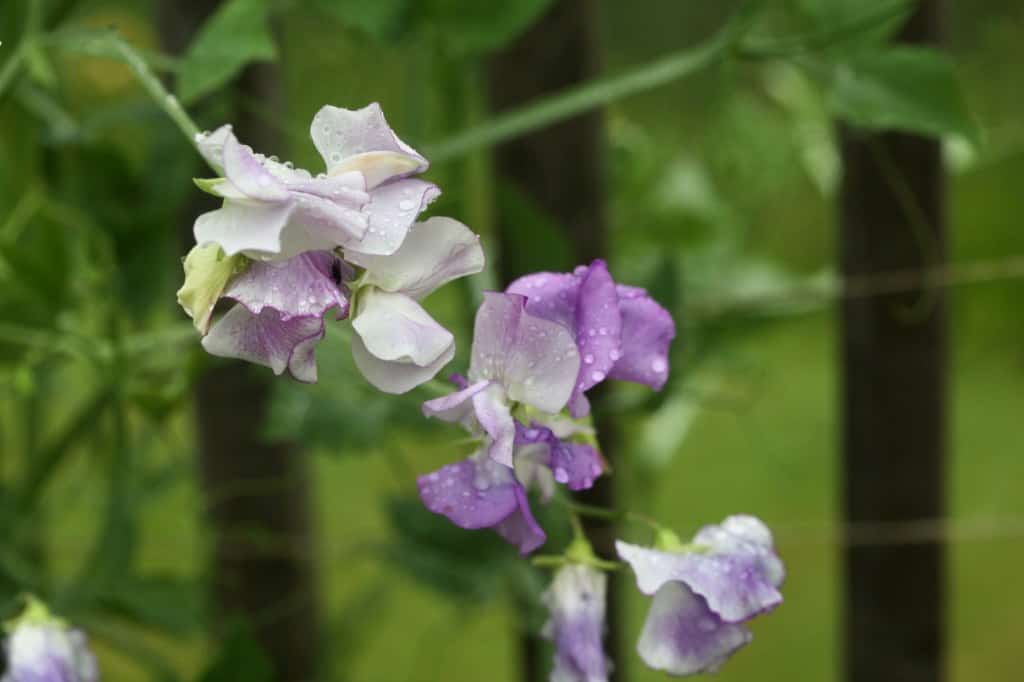
5. Strawflowers (Xerochrysum bracteatum)
Strawflowers are known for their vibrant papery blooms that come in yellow, orange, red, pink, and white. The unique texture of their flowers makes them excellent choices for both fresh and dried floral arrangements.
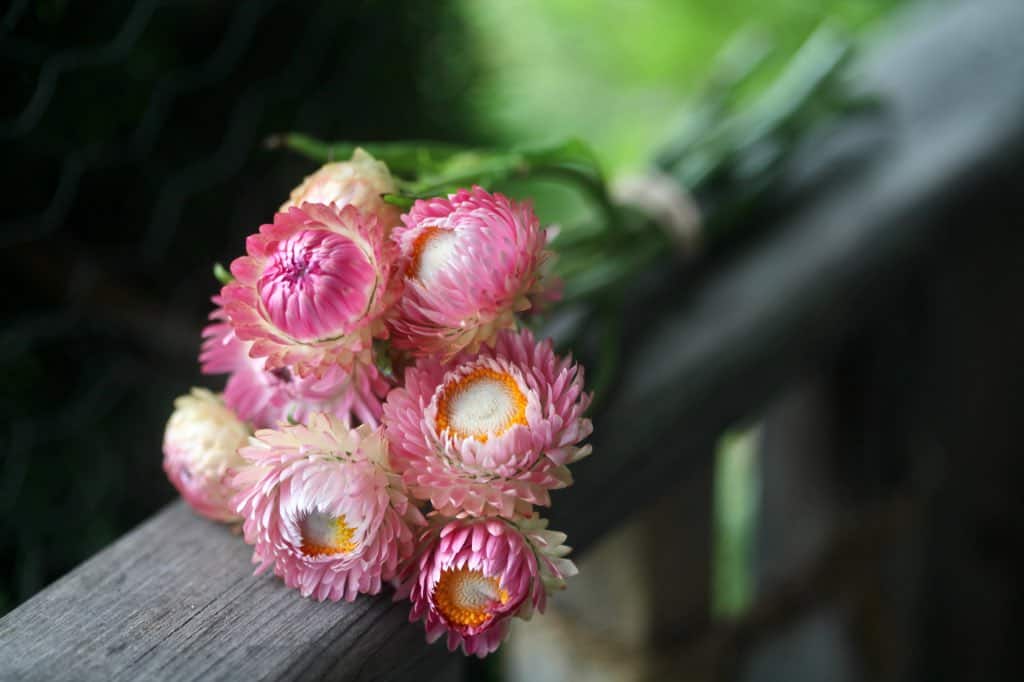
6. Statice (Limonium spp.)
Statice produces clusters of small papery flowers in shades of blue, pink, yellow and white. The flowers make excellent cut flowers, both in their fresh and dried forms, and have a long vase life.
Once statice starts blooming in the garden, it will continue to put out new stems right into late fall.
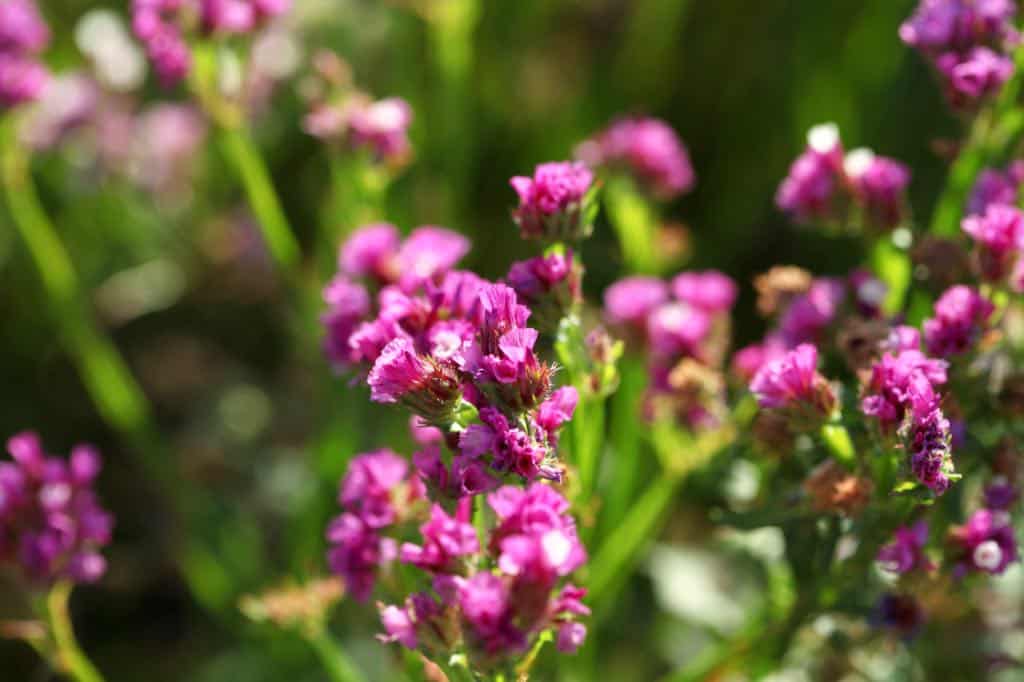
7. Gomphrena (Globe Amaranth)
Gomphrena produces globe-shaped flowers in shades of pink, purple, white and orange. They are heat and drought tolerant, making them perfect for hot sunny gardens.
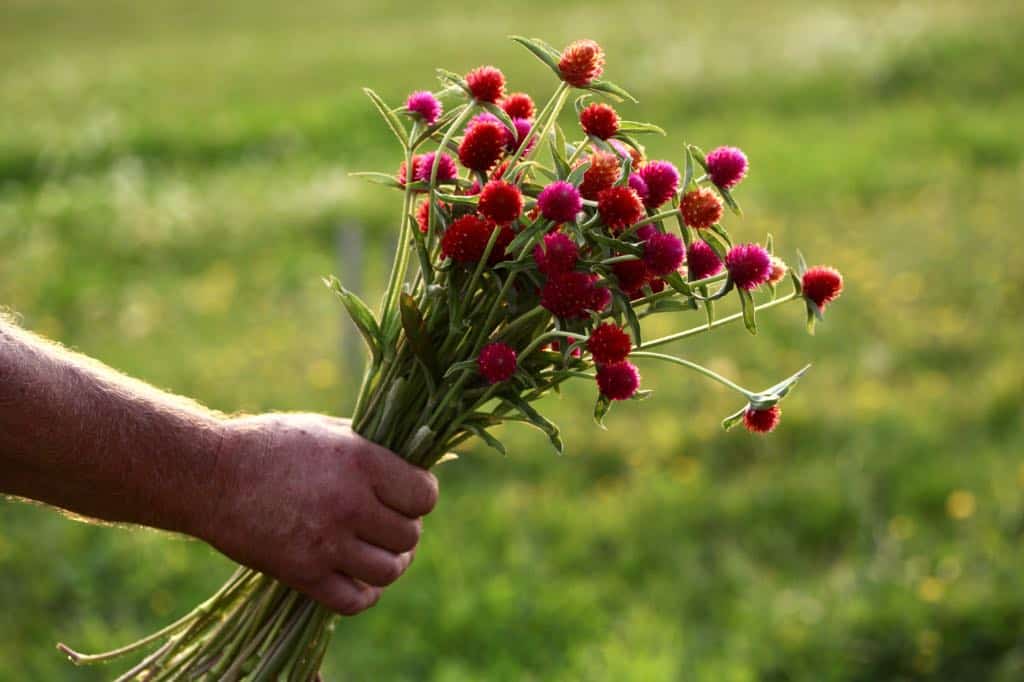
8. Amaranth (Amaranthus spp.)
Amaranth features dramatic spikes or tendrils of grain-like flowers in shades of red, gold, pink, and green. The plant is not only ornamental, but also produces edible seeds and leaves. Amaranth adds height and drama to garden beds, and a striking element to flower arrangements.
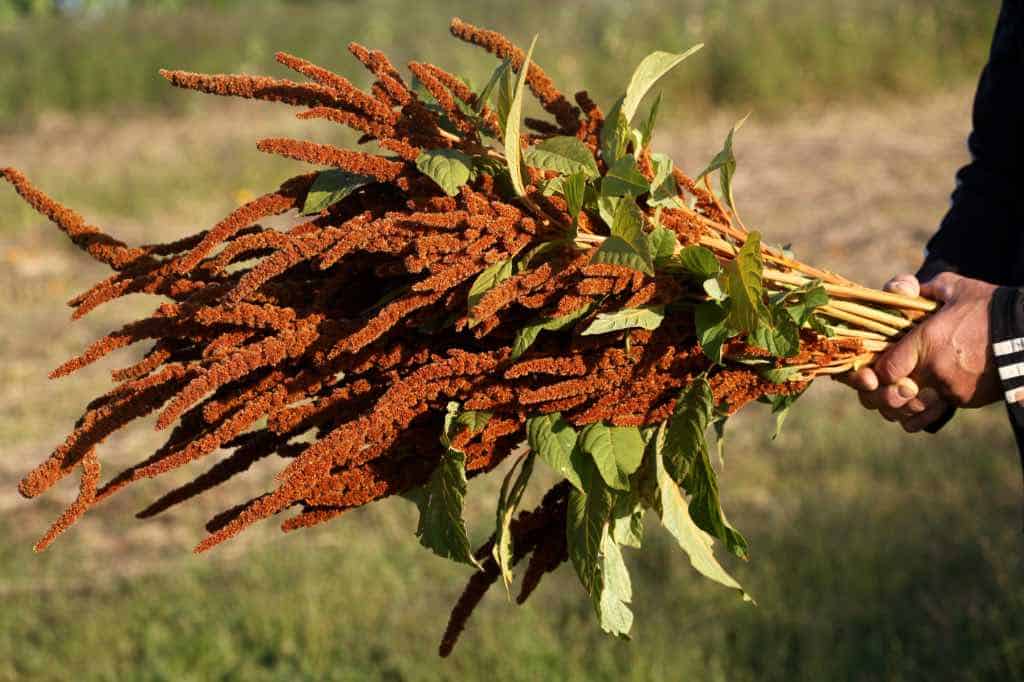
9. Phlox (Phlox paniculata)
Phlox comes in both annual and perennial varieties, known for their beautiful blooms and cottage garden appeal. These flowers are a great choice for borders, and their use as cut flowers.

10. Marigold (Tagetes spp.)
Marigolds are beloved for their bright orange, yellow, and red flowers. They are incredibly easy to grow, thriving in full sun and almost any soil type. The flowers bloom from summer until frost, providing long-lasting color and cut flowers.

11. Celosia (Celosia cristata, or Celosia argentea)
Celosia are known for their unique and brightly colored flower heads that come in plume, spiked, and comb shapes. These beautiful flowers thrive during hot summers, and in hot sunny conditions. The plants are perfect for cutting, and grow larger and fuller as the season progresses.

12. Scabiosa (Pincushion Flower)
Scabiosa features delicate flowers on long stems, ideal for cutting. They come in shades of blue, purple, white and pink, and are shaped like old-fashioned pincushions.
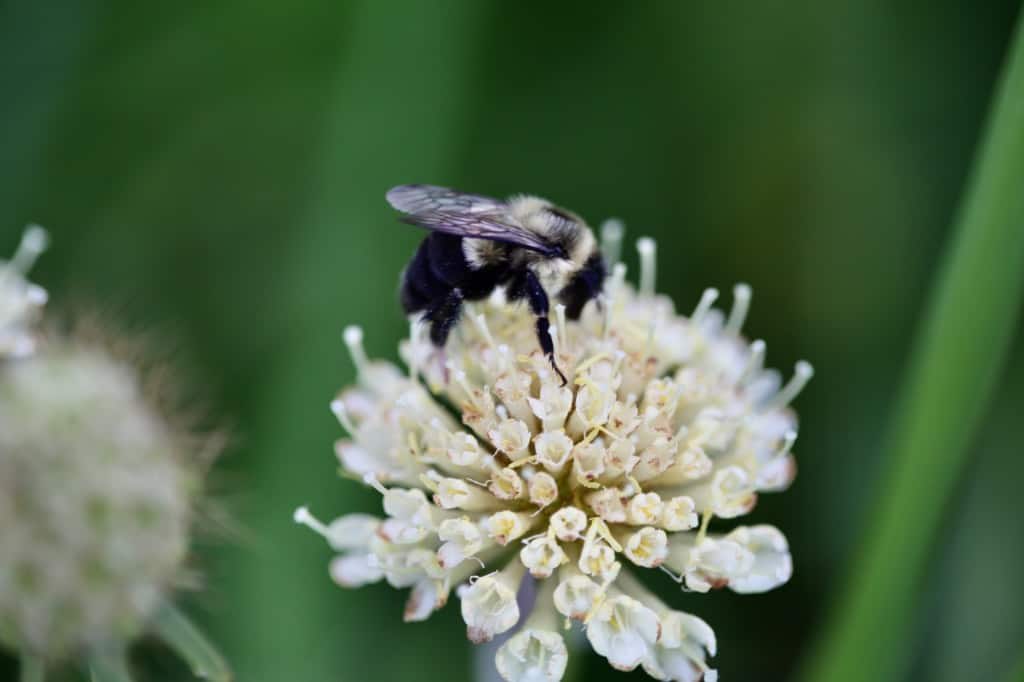
13. Nasturtium (Tropaeolum spp.)
Nasturtiums are easy to grow, and offer both culinary and garden appeal, with their vibrant edible flowers and leaves. These flowering plants are excellent for ground cover or hanging baskets, attracting pollinators, and adding a peppery flavor to salads.
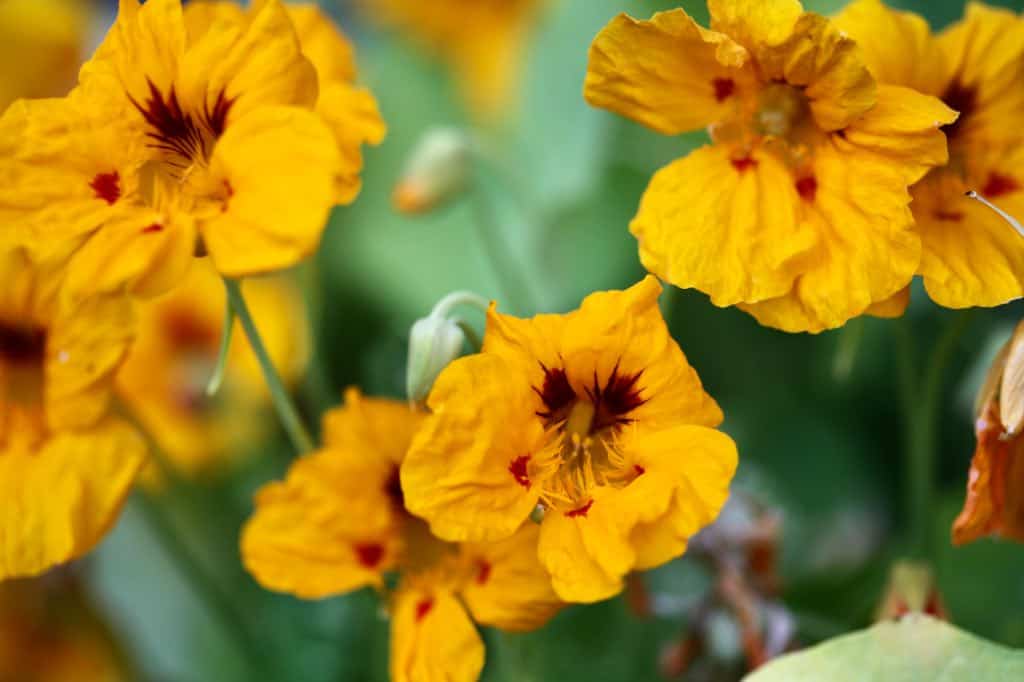
14. Bachelor Buttons (Centaurea cyanus)
Also known as cornflowers, or bachelor’s buttons, these annual flowering plants feature bright blue, purple, or pink flowers. They are very easy to grow in full sun and well-drained soil, and make great cut flowers.

Frequently Asked Questions
How Do You Properly Cut Flowers To Encourage Regrowth?
To encourage regrowth of cut and come again flowers, it’s important to use proper cutting techniques. Make sure as well that you are using sharp, clean tools to avoid damaging the plant and spreading disease.
The key is to cut deeply when removing a cut flower stem from the plant. Cut as deep as you can go towards the main flower stem. Cut just above a leaf node, because this is the site where the next stem or stems will grow.
This deep cutting technique will encourage regrowth of longer stems, which is exactly what you will be looking for in a cut flower.

How Often Can I Cut These Flowers?
The frequency with which you can cut “cut and come gain” flowers depends on the specific type of flower and the growing conditions. Generally, these plants are known for their ability to produce multiple blooms throughout the growing season, when cut regularly.
Typically you can cut these flowers every few weeks. During peak season some varieties may be ready for cutting every 7-10 days.
Cut the stems when they are mature, and at the appropriate cutting stage for the individual cultivar. Know your flowers and the best stage for cutting, as different varieties may be best for cutting at different times.
For example, zinnia stems are mature when they pass the wiggle test, which is a special test that helps to determine maturity. Wiggle the stem by placing your fingers about six inches down under the flower, holding the stem gently while wiggling the flower. If the upper stem and flower remain stiff, the stem is ready to harvest, however if the flower wiggles, leave it on the plant to mature.

Can Cut And Come Again Flowers Grow In Pots?
Many varieties of cut and come again flowers grow well in pots, making them a versatile option for gardeners with a small space, or those who prefer container gardening. Flowers such as zinnias, nasturtium, dahlias, marigolds and strawflowers do very well when planted in containers.
This method of gardening is particularly beneficial for those looking to maximize their space, or add floral beauty to patios, balconies, and other small areas.

Should I Do Succession Planting With Cut And Come Again Flowers?
Although these productive plants can produce many flowering stems throughout the gardening season, the later flowers can sometimes become smaller and less vibrant as the season progresses. This can occur for many reasons, as the plant expends it’s energy for growth.
Succession planting is a great way to maximize bloom production throughout the growing season. This method involves staggering the plantings over several weeks or months, rather than planting all at once.
This method ensures a continuous supply of flowers, as different plants will reach maturity and bloom at different times. By planting in intervals, you ensure that as one batch of flowers starts to decline, another is coming into bloom.
Doing succession planting can extend your growing season, and ensure a steady supply of fresh blooms throughout the entire season.
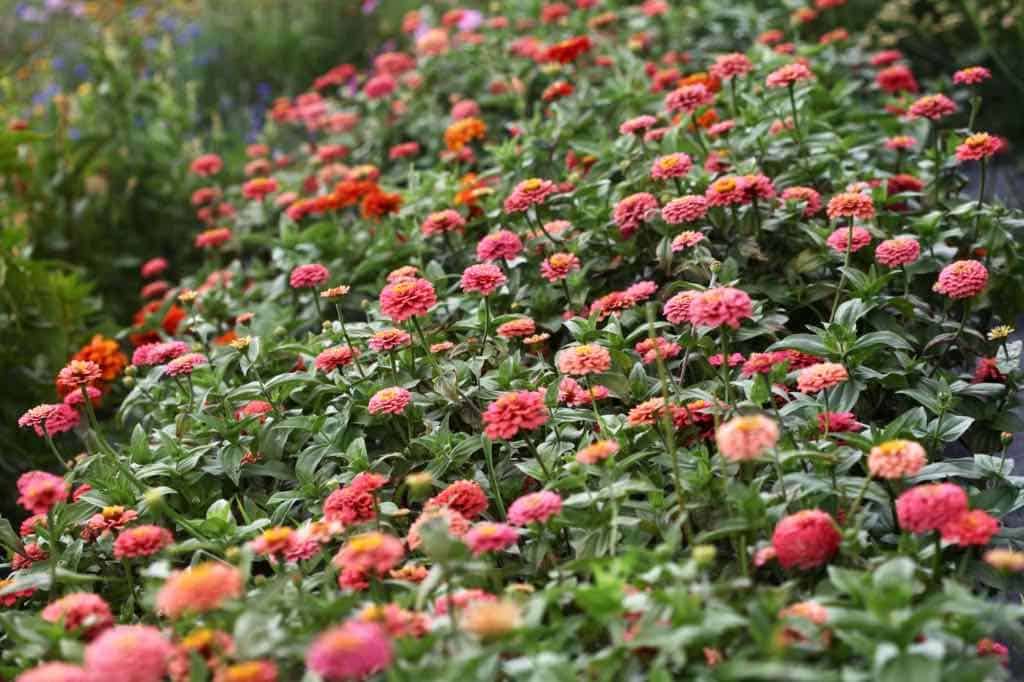
Conclusion
Cut and come-again flowers are perfect for gardeners, who want to enjoy the beauty of these long lasting blooms, while also harvesting from them on a regular basis.
If you are a flower farmer or farmer florist, these flowers will be the staples of your in-season flower arrangements.
Growing these amazing flowers is a sustainable practice that encourages a deeper connection with the garden. By cutting the flowers regularly in your own cut flower garden, you’re not only rewarded with fresh bouquets, but you are also encouraging the productivity of the plants in the garden.
Watch your garden evolve with each cut, knowing that with each bouquet that you gather, you are bringing a piece of the garden’s beauty into your home and your vase.

Other Posts You May Like:
Pin It For Later!
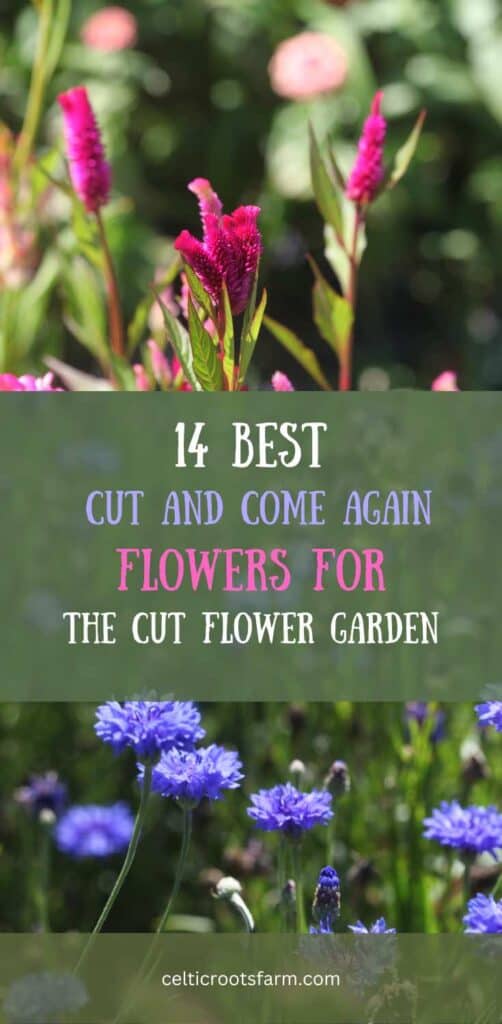
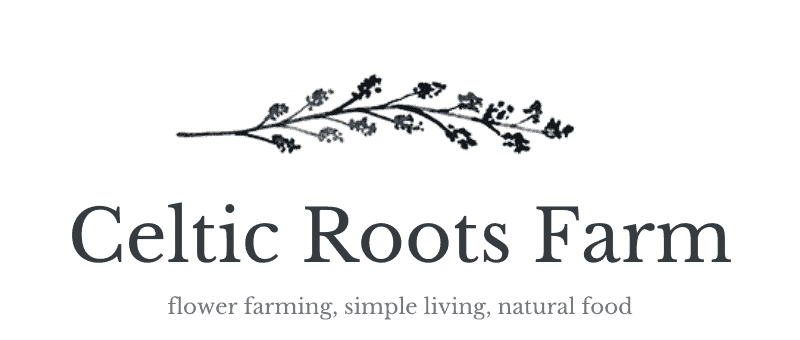
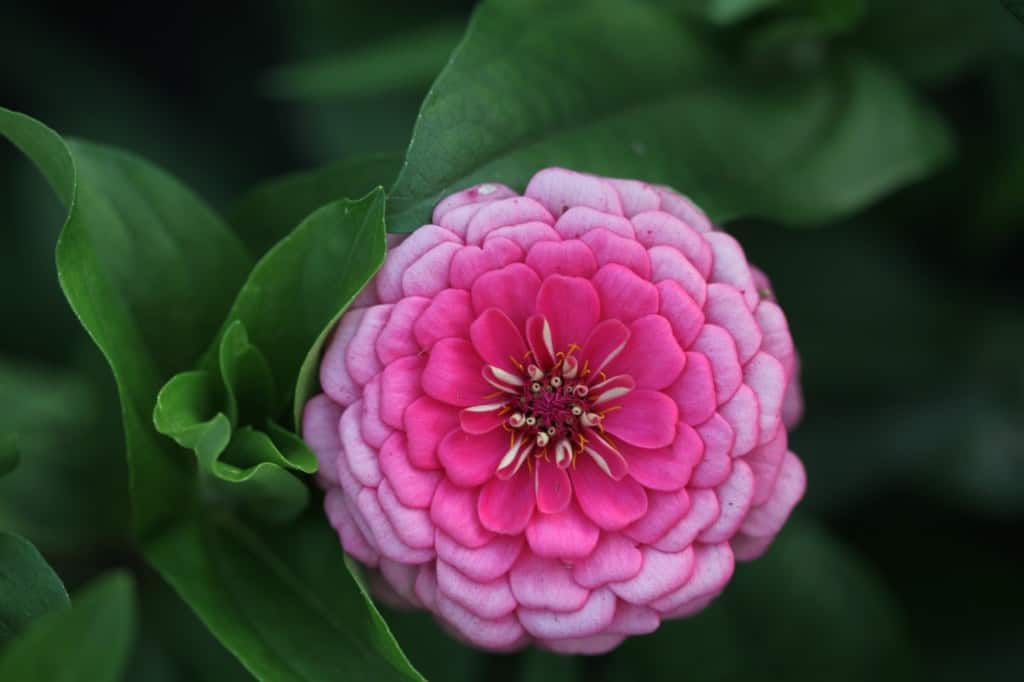
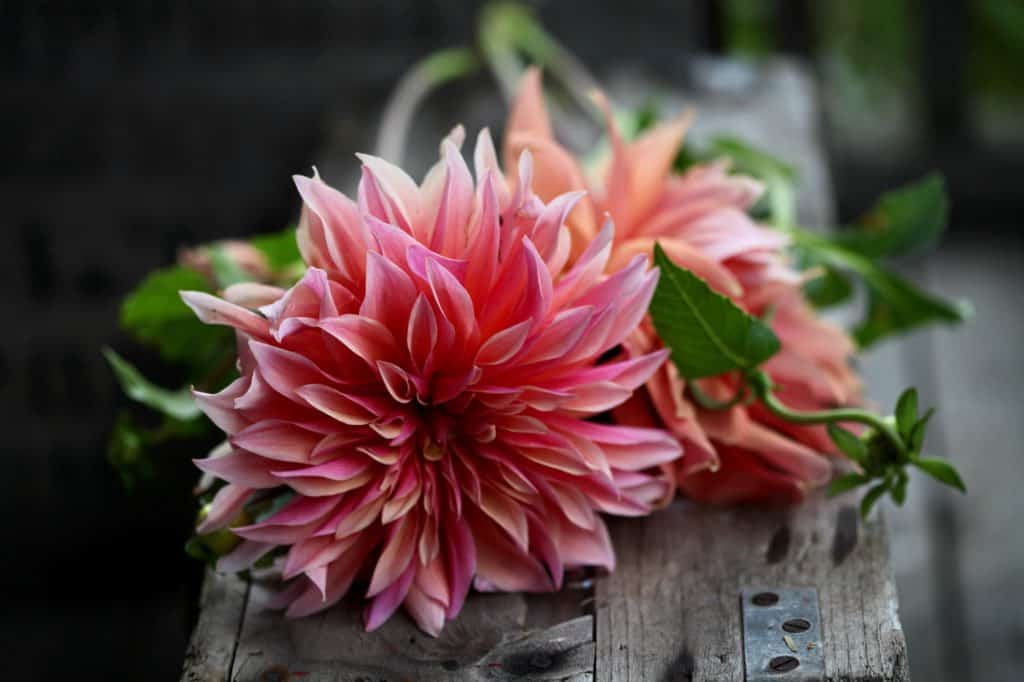
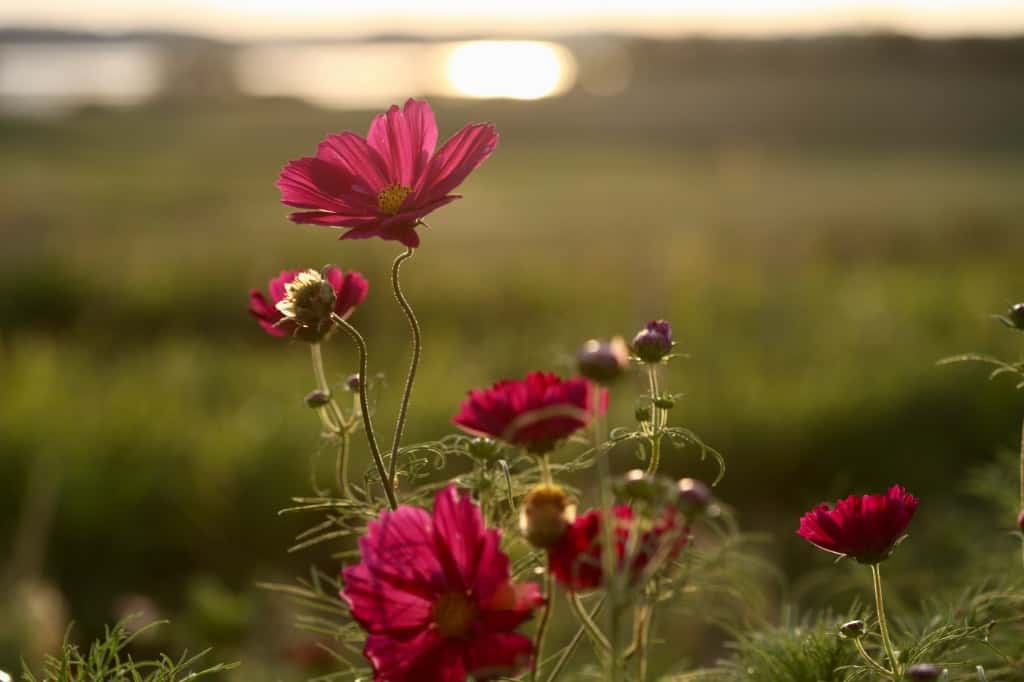
Leave a Reply